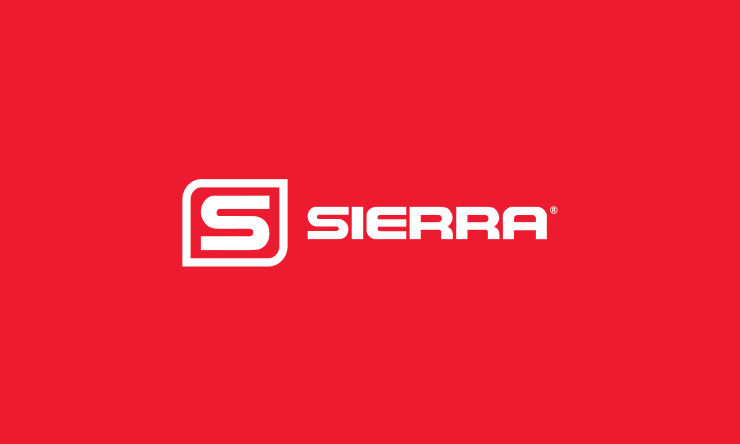
Minute Flow Tip: Volumetric Flow Versus Mass Flow Technology

When engineers and systems integrators need to measure gas flow rate in an industrial process or scientific research, there are many types of technologies to choose from. This makes selecting the right gas flow meter a challenge. In addition to technology, engineers must consider many other parameters: price for value, cost of ownership, size of footprint, application flexibility, calibration method, accuracy with changing application conditions, and repeatability.
With all that said, what flow metering technology should you use to get the highest accuracy, repeatability, and lowest cost of ownership? To answer this question, engineers must first decide if they want a flow meter technology that can deliver gas mass flow rate or simply gas volume flow rate measurement.
Simply put, the mass flow rate is the WEIGHT of the sample, while the volumetric flow rate is the SIZE of the sample.
While mass flow and volumetric flow look similar on the outside, Sierra Instruments’ Chief Engineer, John Smitherman, explains the vast differences between mass flow and volumetric flow metering in the latest Minute Flow Tip Video.
What is Gas Mass Flow Rate?
Gas mass flow rate is the actual mass of a gas which travels through a measurement instrument per unit of time. Units are calculated in standard liters per minute (slpm) or standard cubic centimeters per minute (sccm) in SI units. The most common English units include standard cubic feet per minute (scfm). In both cases, “Standard” refers to standard reference conditions for temperature and pressure. This allows more common industrial measurement terms to easily be converted to mass flow.
What is Gas Volumetric Flow Rate?
Gas volumetric flow rate or volume flow rate, in contrast, is the volume of fluid which passes per unit time. Volumetric air flow rate has many units of measure. Some common examples include: Cubic feet per minute (cfm), and cubic centimeters per minute (ccm).
Advantages of Mass Flow Versus Volumetric Flow
Mass flow technology has an inherent advantage over volumetric flow technology by its very nature since it accounts for absolute measurements. Common process gases like Air, Argon, CO2, N2, and Oxygen follow the principles of the “Ideal Gas Law.” While not all gases are “ideal” these common gases work on the principle that changes in the density are caused by the changes in temperature and pressure.
Volumetric air flow is less reliable than mass flow to account for absolute measurements because changes in temperature and pressure (T&P) affect the gas density and thus reduce the accuracy. Volumetric flow measurement requires T &P compensation to determine true gas mass flow rate.
Direct thermal mass flow controllers and insertion-type thermal mass flow meters, on the other hand, offer engineers direct gas mass flow measurement without pressure or temperature sensors or flow computers. Coriolis flow meters are the only other technology that measures mass flow rate directly with no secondary flow computers.
Sierra’s thermal mass flow controllers are true digital MFCs based on capillary thermal mass flow technology which directly measures molecular flow (counts gas molecules). Mass flow offers greater application flexibility because the mass flow rate is unaffected by upstream gas temperature and pressure fluctuations like other differential pressure devices. No need to invest in extra temperature and pressure devices to “infer” the mass flow. In one compact mass flow meter, SmartTrak offers direct gas mass flow control which increases accuracy, repeatability, reduces cost of ownership, and adds application flexibility.
Additionally, SmartTrak’s digital mass flow meters and controllers boast:
- Technology to knock out upstream pressure fluctuations
- Available PID valve tuning for full-range stability
- Low flow size for any range between 0 to 50 slpm>
- Up to 1000 slpm & higher available flow rates
- Up to +/- 0.5% of full scale accuracy
- 10-point NIST calibration based on primary standard
Download our infographic or watch our extended video for more information on the differences between volumetric and mass flow technology.
 Go to Autotest Division >
Go to Autotest Division >